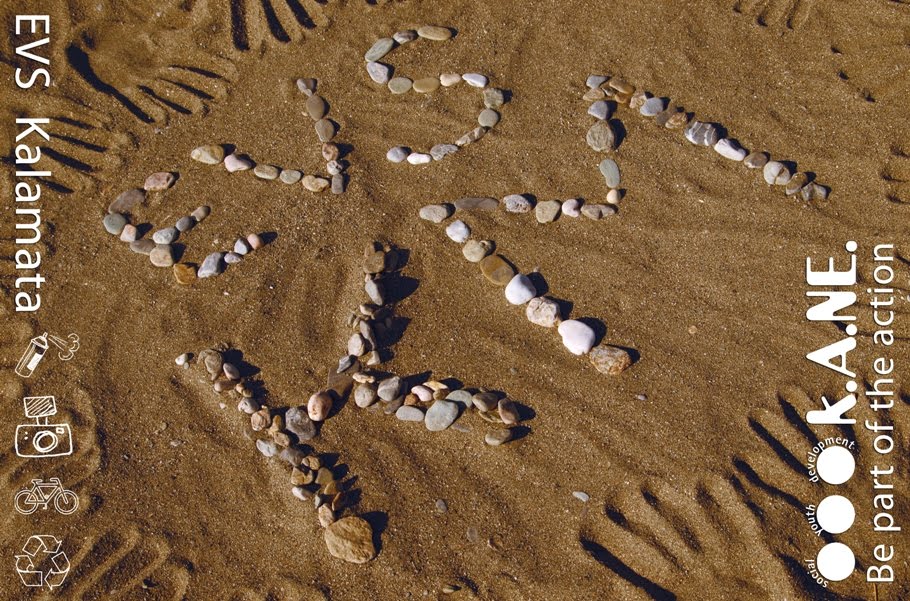Greek symbols: The fountain of Cybele, Madrid.
Every single city has its own symbol or, at least, something to be recognized for. Curiously, most of those symbols have more to be with Greek culture than what at first we could imagine. The city where I grew up is Madrid, the capital of Spain as you might know, a huge metropolis of nearly 4 million people, shining with its own light.
“The city that never sleeps”, as it is called by its inhabitants, is full of life: parks, museums, theatres, cinemas, bars, pubs, concerts, parties, or any kind of activity you could ask for. And, as all the cities, it has its particular symbol: “The fountain of Cybele”.
The fountain was located in 1782 in the center town, near the famous museum “Museo del Prado” and close to the Royal gardens “El Retiro”. But… What is special in our fountain? The special is that, thanks to this, the goddess Cybele (Κυβέλη), an Anatolian goddess whose cult was adopted by Greeks around the 6th century BC, became the symbol of Madrid. She was recognized as the Earth-goddess, commonly assimilated to the Minoan Rhea, and related also to the goddess protectress of the cities as we can deduce for the walled-crown that is wearing above the head.
In the fountain, the goddess is depicted in a cart pulled by two lions as it is explained by the famous myth of “Hippomenes and Atalanta”, the two lovers who were metamorphosed into lions because they committed sacrilege when they had an unholy union within a sacred temple of Cybele. Due to this fact, Zeus condemned them to pull the cart of the great goddess eternally.
This fountain has been characteristic of the city of Madrid since it was built and it has witnessed many important moments in the history of Spain. One of the most impressive facts occurred during the Civil War when the statue was covered by an enormous structure of bricks and cement to be preserved from the bombs until being uncovered again in 1939 by the citizens of Madrid including children, as it is shown in the pictures.
Or the latest events that happened in the capital in 2011 such as the strikes and manifestations of the internationally known "Spanish Revolution" when thousands of people occupied the streets in order to ask for a more equal world and fairer solutions from the government to the cuts justified by the global crisis.
And so, the fountain will continue to witness the events of the history of Madrid as the Greek culture has seen all the subsequent events on which it has influenced over the centuries and over different cultures all around the world.
by Irene Peña Herranz, Spain
by Irene Peña Herranz, Spain







1 comment:
Hi ! Wonderful place to live, I love Madrid :D
PD: Have you selected the next EVS volunteers yet ?
Post a Comment